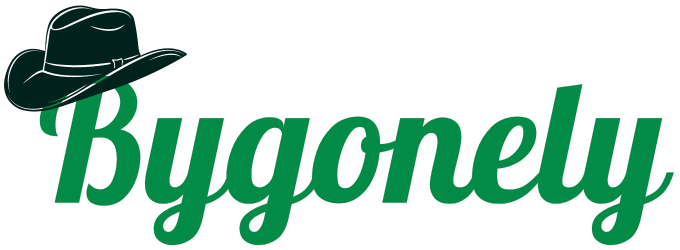In November 1933, a wildfire burned through the steep slopes of the San Gabriel Mountains, directly above the communities of La Crescenta, La Cañada, and Montrose in Los Angeles County. The fire scorched thousands of acres of vegetation, leaving the soil bare and unable to absorb heavy rainfall. This event set the stage for a disaster that would arrive just weeks later.
On New Year’s Eve, December 31, 1934, a powerful storm moved into Southern California. Heavy rain began to fall across the region, concentrating on the recently burned San Gabriel Mountains. The downpour continued through the night and into the early morning hours of New Year’s Day, January 1, 1934. Over 12 inches of rain fell in a 24-hour period.
The burned, loose soil on the mountainsides could not handle the intense rain. Shortly after midnight, the slopes gave way. A massive wall of mud, boulders, uprooted trees, and other debris surged out of the canyons and directly into the neighborhoods below. The debris flows, moving with incredible force, overwhelmed everything in their path.
Read more
The communities of Montrose and La Crescenta were the hardest hit. The torrent of mud and rock, some boulders as large as cars, came crashing down from canyons like Pickens, Dunsmore, and Shields. Houses were smashed from their foundations and buried under feet of mud. The main commercial street of Montrose was inundated, with debris piling up against buildings and cars being swept away.
The floodwaters and mud also destroyed critical infrastructure. Bridges were washed out, roads were buried, and communication lines were severed, isolating the affected communities. The disaster resulted in the deaths of more than 40 people, with some estimates being higher as several individuals were never found. Hundreds of homes were completely destroyed, and hundreds more were severely damaged, leaving many families homeless.
Rescue efforts began immediately, though they were hampered by the deep mud and washed-out roads. Residents used shovels and their bare hands to search for neighbors buried in the debris. The Civilian Conservation Corps (CCC), a New Deal work relief program, had workers stationed in the area. These men were among the first to respond, aiding in the search for survivors and the recovery of victims. In the days that followed, workers began the enormous task of clearing the streets and properties, a process that would take months.





















